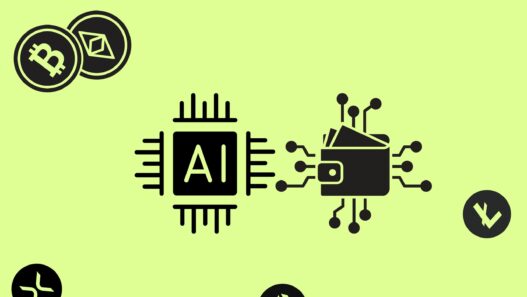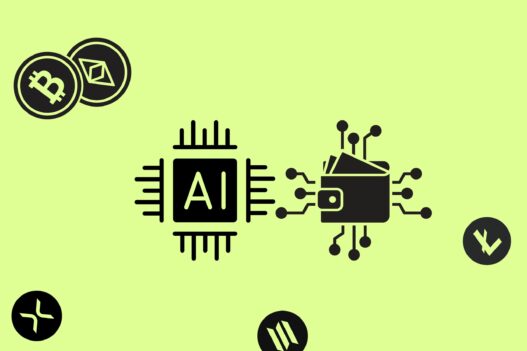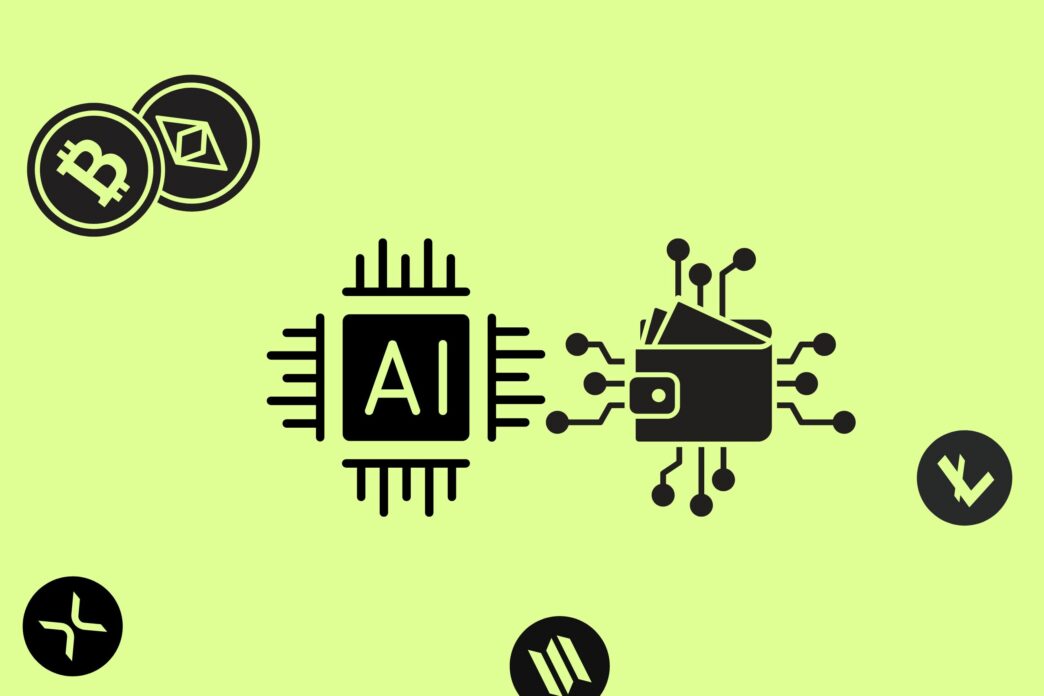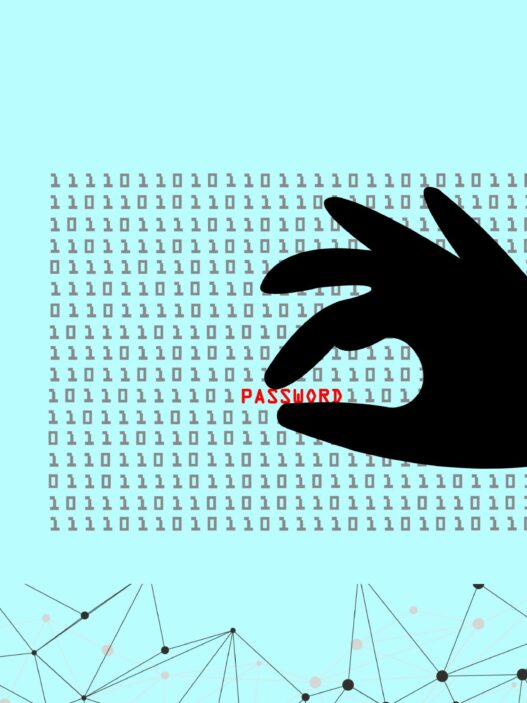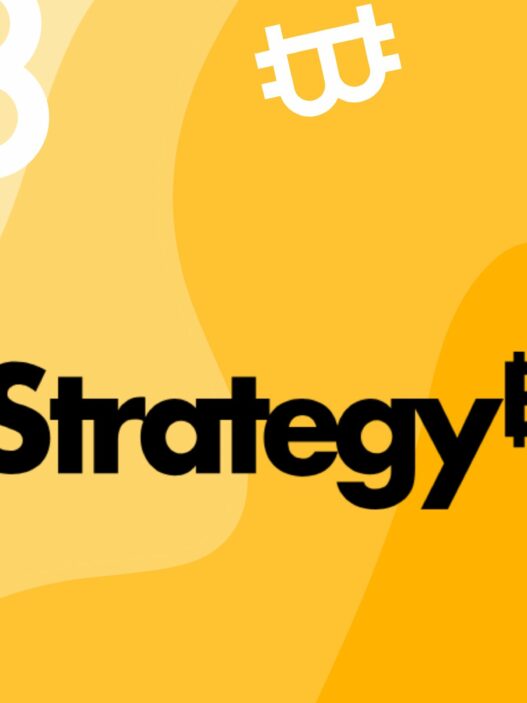Key Points
- Research suggests that user experience (UX) challenges, like complex transactions and wallet management, are major barriers to crypto payments adoption, but improvements are underway.
- Evidence leans toward crypto payments, especially stablecoins, driving adoption, with 37% of users engaging in payments and 54% using crypto for real-world transactions.
- It seems likely that AI, through automation and personalization, can simplify crypto payments, making them more accessible, though standardization and security issues remain.
- The topic is complex, with debates around balancing convenience and security, yet optimism persists about AI and payments fostering mainstream crypto use.
Why Crypto Struggles to Go Mainstream
Cryptocurrency has promised a decentralized financial revolution, but for most people, it’s still too complicated. The 2025 Reown report, The State of Onchain UX Reown Report, highlights that nearly half of crypto users face friction in transactions, and beginners often give up due to confusing wallet setups. This complexity keeps crypto from being as easy as swiping a credit card or using a mobile payment app.
The Power of Payments
Crypto payments are changing the game. Stablecoins, which hold steady value unlike volatile cryptocurrencies, are gaining traction. According to BeInCrypto Onchain Ecosystem, 37% of crypto users now use payments, and over half use crypto for everyday purchases like bills or groceries. This shift shows crypto moving from speculative investment to practical tool, with cities like Panama embracing it for municipal payments.
AI’s Role in Simplifying Crypto Payments
Artificial intelligence is stepping in to make crypto user-friendly. AI can automate tasks like choosing the cheapest transaction route or spotting fraud, reducing the hassle for users. For example, platforms are using AI to guide new users through wallet setup, making onboarding less daunting. The Reown report suggests that AI-driven tools could create an “invisible blockchain,” where the technology works seamlessly behind the scenes.
What’s Next?
The combination of payments and AI could make crypto as intuitive as traditional finance. However, challenges like high fees and security concerns need addressing. With ongoing innovations, it’s likely that crypto will become more accessible, potentially transforming how we pay and interact with money.
The Dawn of a Decentralized Future: How Payments and AI Are Driving Crypto Adoption
In the frenetic world of cryptocurrency, where innovation races ahead of regulation and hype often overshadows reality, one truth stands out: the user experience is the linchpin for blockchain’s mainstream success. The 2025 Reown report, The State of Onchain UX Reown Report, lays bare the industry’s Achilles’ heel—clunky interfaces, fragmented systems, and a steep learning curve that alienates all but the most dedicated. Yet, within this critique lies a beacon of hope: payments and artificial intelligence (AI) are emerging as the twin forces poised to dismantle these barriers and usher in the next wave of crypto adoption. Drawing on insights from the Reown report, BeInCrypto Onchain Ecosystem, and a slew of industry developments, this exploration reveals how these two elements are rewriting the rules of digital finance.
The UX Conundrum: Why Crypto Isn’t Mainstream Yet
Imagine trying to pay for your morning coffee with a cryptocurrency wallet. You’d need to navigate multiple apps, decipher gas fees, and hope the transaction doesn’t get stuck in a congested network. The Reown report, based on a survey of 1,038 crypto users (51% U.S., 49% U.K.), paints a stark picture: 47% of users encounter friction in real-world transactions due to fragmented infrastructure. In decentralized finance (DeFi), 68% are frustrated by unpredictable fees and network delays, and 52% admit to “blind signing” transactions—approving them without fully understanding the risks. Wallet fragmentation compounds the issue, with users juggling an average of 2.8 wallets, yet only 19 meet WalletConnect’s interoperability standards WalletConnect Funding. Onboarding is another hurdle, with 61% of beginners deterred by seed phrase management, and apps requiring multi-chain interactions see 73% higher drop-off rates. The report also highlights a tension between security and convenience: 89% of users prioritize ease of use over decentralization, but 34% lost funds in 2024 due to smart contract vulnerabilities.
This complexity is crypto’s “last-mile problem.” While blockchain’s technical prowess is undeniable, its user experience lags far behind traditional financial systems. For crypto to become as intuitive as Venmo or Apple Pay, it must bridge this gap. Enter payments and AI, the dynamic duo poised to make this vision a reality.
Payments: The Practical Path to Adoption
Crypto payments are no longer a futuristic fantasy; they’re a growing reality. BeInCrypto reports that 37% of crypto users engage in payments, up from 20% the previous year, with 54% using crypto for real-world transactions like paying bills or buying goods Asia Stablecoin Growth. Stablecoins, pegged to stable assets like the U.S. dollar, are driving this surge, with $200 billion in circulation Mastercard Crypto 2025. Their stability makes them ideal for everyday use, reducing the volatility that scares off merchants and consumers.
The eMarketer US Crypto Payments Forecast 2025 predicts an 82.1% surge in adoption over two years, reaching 2.6% of the population US Crypto Payments. This growth is fueled by regulatory clarity and payment provider innovation. In the U.S., the Trump administration’s pro-crypto policies, including an SEC crypto task force and an executive order on digital assets, are boosting confidence Crypto Policy Outlook. The EU’s Markets in Crypto-Assets (MiCA) regulation, effective December 2024, provides a comprehensive framework, encouraging traditional financial institutions to embrace digital assets Davos 2025. Real-world examples, like Panama City’s acceptance of crypto payments, underscore this shift toward practical utility Panama Crypto Payments.
Yet, challenges persist. Low merchant acceptance and consumer distrust remain significant barriers, with only a fraction of businesses equipped to handle crypto payments. High transaction fees, cited by 39% of users, also deter adoption. Platforms like Onchainpay are addressing these issues by offering secure, user-friendly gateways for businesses, increasing merchant adoption and consumer confidence. Layer-2 solutions like Arbitrum are reducing fees, making crypto payments more competitive with traditional methods Cryptocurrency Trends 2025.
AI: The Brain Behind Seamless Crypto Payments
If payments are the body of crypto’s mainstream push, AI is the brain, making interactions smarter and more intuitive. The Reown report envisions an “invisible blockchain,” where complexity is hidden, and AI is central to this vision. AI agents can automate tasks like sending, swapping, or bridging assets, reducing the cognitive load on users. For instance, Dawn Wallet’s AI copilot simplifies wallet management, while Skyfire enables autonomous peer-to-peer transactions. These tools align with the report’s call for user-centric design, reducing transaction steps from seven to three in certified wallets.
Beyond automation, AI personalizes experiences. By analyzing user behavior, it can suggest optimal transaction routes, minimizing fees and delays. Security is another frontier, with AI verifying transactions and detecting fraud in real time. The Oasis Protocol notes thousands of AI agents already operating in web3, with potential to deliver dynamic interactions Oasis AI Agents. However, secure key storage remains a challenge, addressed by solutions like Oasis Network’s Confidential EVM.
The crypto-AI nexus is also spawning new payment models. ICOHolder reports 90 AI crypto projects in 2024, with tokens facilitating payments on AI-driven platforms Cryptocurrency Trends 2025. Fetch.ai, whose token value surged 329% in early 2024, merged with SingularityNET and Ocean Protocol to form ASI (artificial superintelligence), aiming for decentralized AI development Top Cryptocurrency Trends. These tokens can pay for AI services, access data, or earn rewards, enhancing crypto payment systems. The combined market value of AI tokens has skyrocketed from $2.7 billion in April 2023 to over $39 billion, reflecting market enthusiasm.
A groundbreaking development is AI agents with crypto wallets. S&P Global highlights their ability to conduct on-chain payments, such as an AI trading bot paying another AI for data using tokens Crypto and AI. Coinbase’s CEO announced the first AI-to-AI transaction in September 2024, marking a milestone in autonomous finance. Marqeta’s insights on agentic AI, which automates tasks like chargeback disputes, suggest similar applications in crypto, where AI could verify transactions or resolve disputes autonomously Future of AI in Payments.
Case Study: Cross-Border Crypto Payments
Consider a global e-commerce platform aiming to serve emerging markets with limited banking infrastructure. By integrating AI agents with crypto wallets, it can offer instant, low-cost cross-border payments. An AI agent analyzes exchange rates, fees, and network conditions to select the optimal payment route. It executes the transaction using the user’s crypto wallet, while another AI monitors for fraud, leveraging machine learning to detect anomalies. Upon completion, the user receives a transparent notification. This system slashes costs and delays, boosting adoption in underserved regions. Such innovations echo the Reown report’s emphasis on simplifying UX to drive mainstream use.
The Future: Autonomous Finance and Beyond
The convergence of payments and AI is paving the way for autonomous finance. Picture a world where your AI assistant converts your salary into stablecoins, invests in DeFi for higher yields, and pays your rent with a single command—all while you sip your morning coffee. This vision, supported by OneSafe’s $200 billion market projection by 2030, is within reach. Regulatory advancements, like the EU’s MiCA and U.S. stablecoin legislation, will provide clarity, attracting institutional players Crypto Policy Outlook. Tokenization, cited by 26% of users as a driver, will create liquid markets, further incentivizing adoption.
The Ethereum Pectra upgrade, expected in March 2025, will enhance UX through account abstraction, allowing user-friendly interfaces and fee payments with various tokens, including stablecoins Crypto Developments 2025. Projects like NEAR Protocol and The Graph are integrating AI to improve transaction speed and data indexing, critical for payment systems Top AI Crypto Tokens.
Overcoming the Hurdles
Despite the promise, challenges loom. Security remains a concern, with 33% of users citing it as a barrier and 21% reporting phishing attacks. AI-driven tools like AnChainAI’s compliance solutions are bolstering protection AnChainAI Compliance. High fees, a pain point for 39% of users, are being addressed by layer-2 solutions. Interoperability, vital to 47% of users, is improving through initiatives like WalletConnect’s $13 million funding for Reown AppKit and WalletKit. Standardization, via tools like WalletGuide and CAIP-25, is also reducing friction.
A New Era of Finance
The Reown report and industry insights paint a compelling picture: payments and AI are the catalysts for crypto’s mainstream breakthrough. Payments provide the practical utility users crave, while AI makes interactions seamless and secure. As Jess Houlgrave, CEO of Reown, notes, “Future users won’t care about consensus mechanisms; they’ll want to pay rent or send money effortlessly.” This vision of an “invisible blockchain” is not just aspirational—it’s inevitable. With regulatory clarity, technological innovation, and industry collaboration, crypto is poised to become a cornerstone of daily life, powered by the synergy of payments and AI.
| Challenge | Impact | Solution |
| Transaction Friction | 68% of DeFi users frustrated | AI-driven fee optimization, layer-2 solutions |
| Wallet Fragmentation | Average 2.8 wallets per user | WalletConnect standards, AI copilots |
| Onboarding Complexity | 61% beginners deterred by seed phrases | AI-guided onboarding, simplified UX |
| Security Concerns | 33% cite as barrier, 21% face phishing | AI fraud detection, secure key storage |
If AI and crypto payments succeed, they could transform how we handle money, enabling instant, low-cost global transactions without banks. However, high fees, security risks, and the need for better interoperability between blockchain networks remain hurdles. Innovations like AI-driven fraud detection and layer-2 solutions are tackling these issues, suggesting a promising path forward.
As AI continues to evolve and crypto payments gain traction, their combined power could make decentralized finance a part of daily life. This shift promises not just convenience but also new possibilities, like AI agents handling financial tasks autonomously, reshaping our relationship with money.



